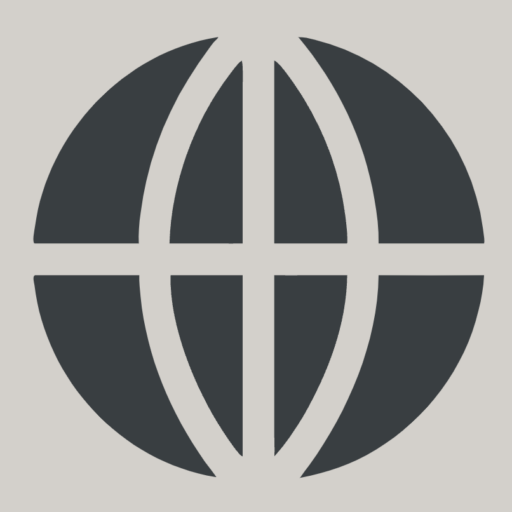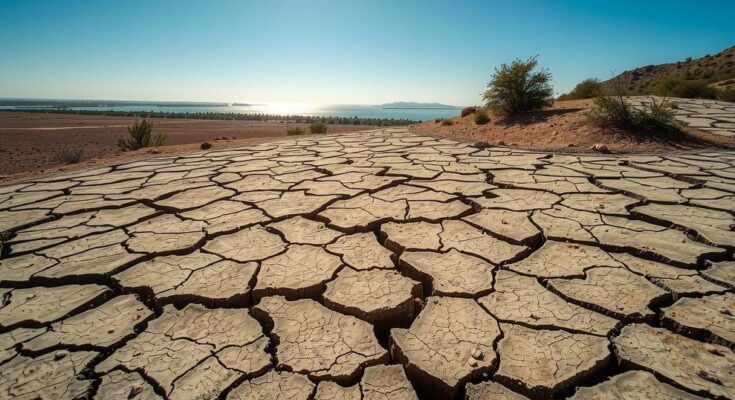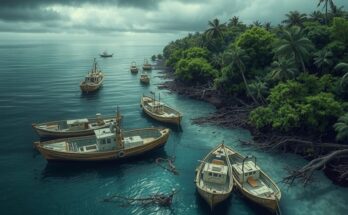South Africa is grappling with a severe water crisis, with 50% of potable water lost due to inefficiencies and over 3 million citizens lacking basic access to water. Rainfall is 40% below the global average, yet average water consumption is high. The agricultural sector consumes the majority of water, while critical compliance issues threaten water services. Immediate action is required to rectify the situation.
Water is considered one of South Africa’s most vital resources, as underscored by the Department of Water and Sanitation. This pressing issue is highlighted especially around World Water Day, urging a deeper understanding of the local and global water situation. Here are crucial facts shedding light on South Africa’s ongoing water crisis:
In South Africa, a staggering 50% of the potable water produced is classified as Non-Revenue, which signifies considerable losses due to systemic inefficiencies and leaks. Compounding this issue, over three million South Africans lack access to essential water services, with 52% of residents in Johannesburg’s informal settlements resorting to digging their own pit latrines for sanitation needs.
The global impact of inadequate water supply is alarming, with the United Nations Development Programme reporting that 443 million school days are missed each year due to health issues arising from insufficient or contaminated water sources. Furthermore, a distressing statistic from the South African Human Rights Commission reveals that 115 individuals in Africa succumb to diseases linked to unsanitary conditions and poor access to clean water every hour.
South Africa faces a significant challenge in water scarcity, with rainfall levels 40% lower than the global average. Despite being classified as a water-scarce nation, the average water consumption in South Africa stands at 237 liters per person per day, exceeding the global average of 173 liters. In terms of water usage distribution, approximately 61% is allocated to agriculture, 27% to households, and 7% to industries, according to the Council for Scientific and Industrial Research (CSIR).
According to the recent Blue Drop Report, of the 144 Water Services Authorities (WSAs) evaluated, 24 have not made any efforts towards compliance, and 40 are reported to be in critical condition. The Water Services Act stipulates a minimum of 25 liters per person per day as the standard basic water supply, while during Cape Town’s ‘Day Zero’ crisis, the average consumption was recorded at 50 liters per person per day, highlighting significant resource pressures.
In summary, South Africa faces a profound water crisis characterized by substantial inefficiencies, lack of access for millions, and alarming public health implications. The data indicates an urgent need for improvements in water management and infrastructure. Addressing these challenges is crucial for sustainability and ensuring that all citizens have reliable access to this essential resource.
Original Source: infrastructurenews.co.za




